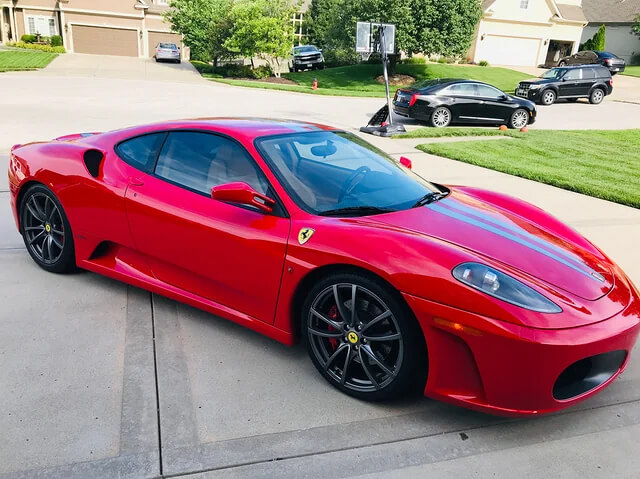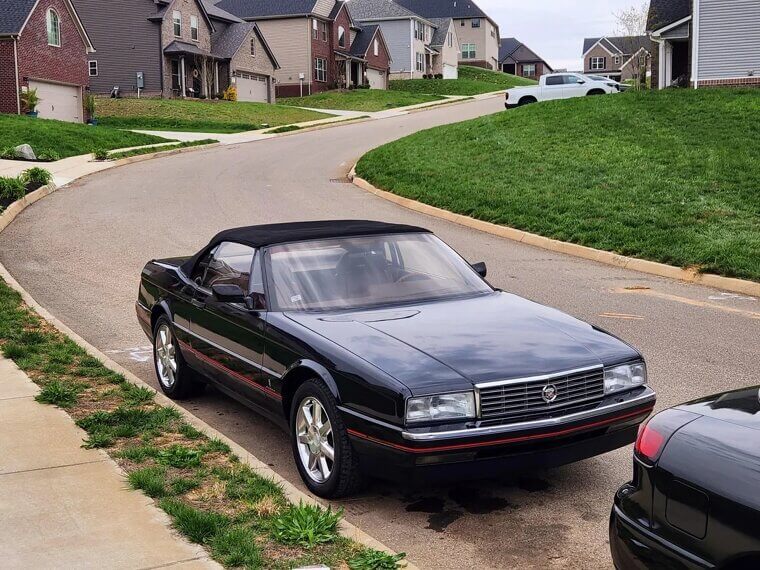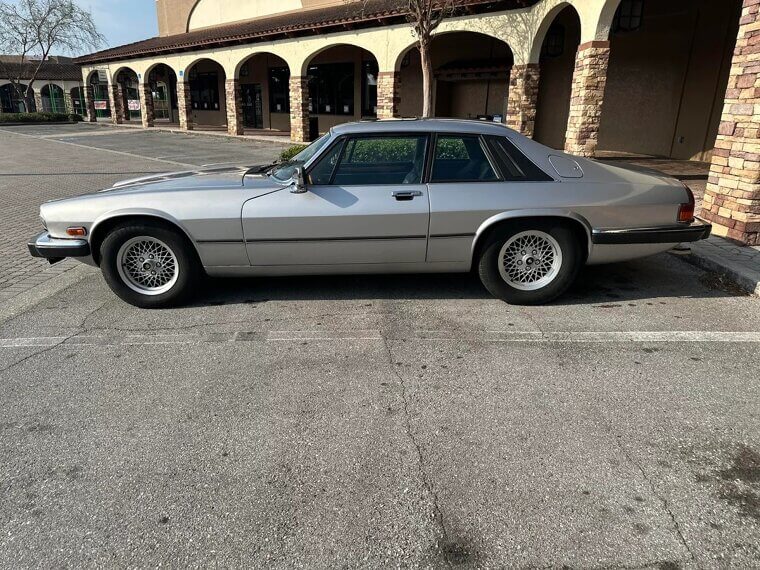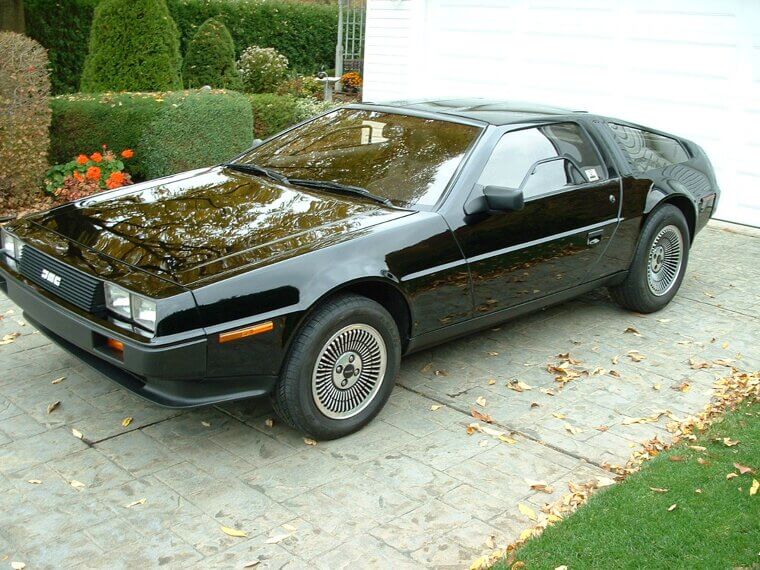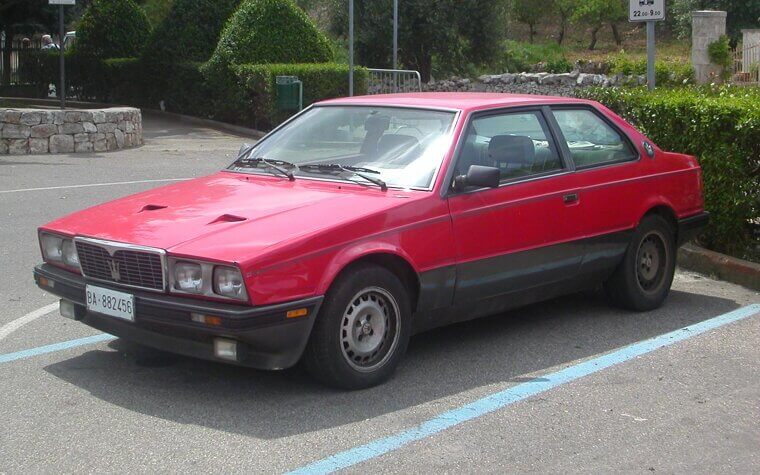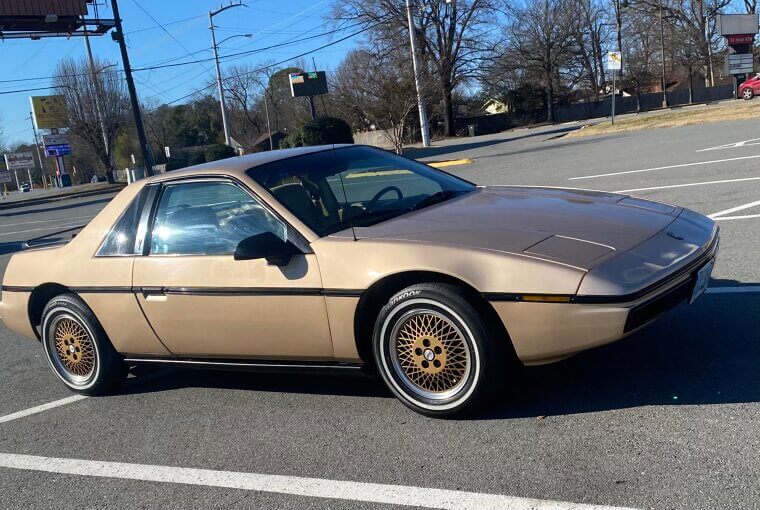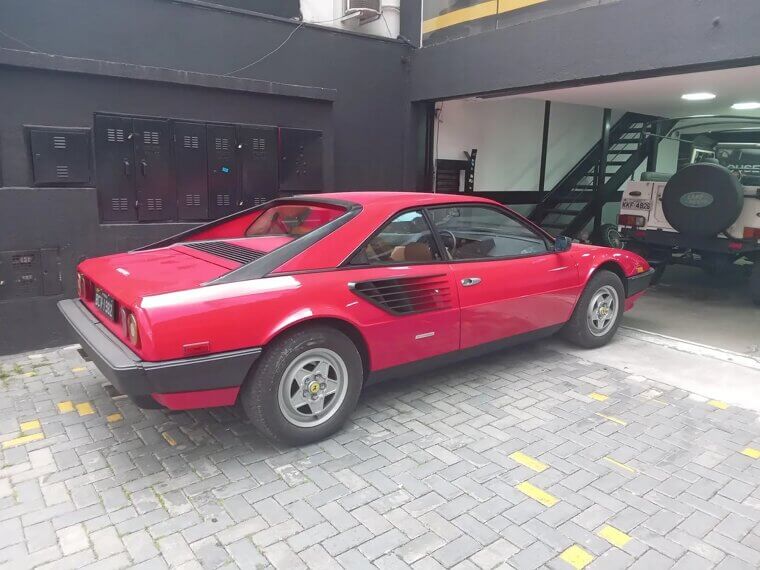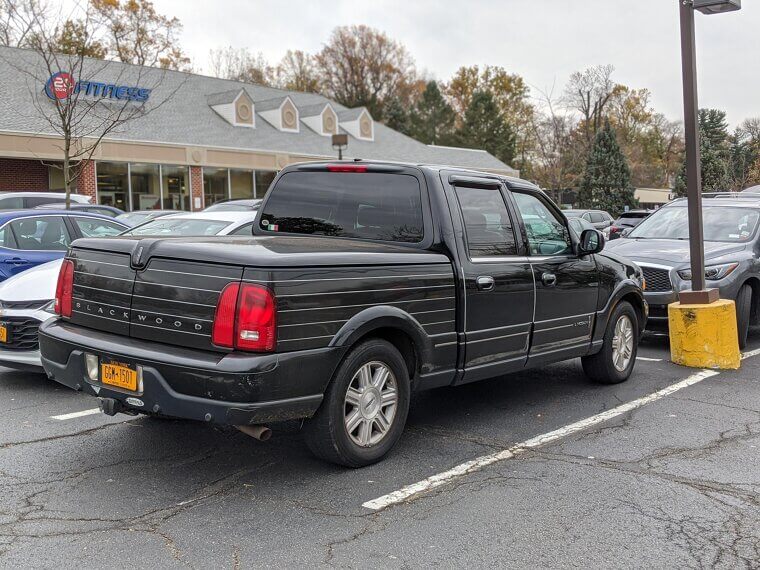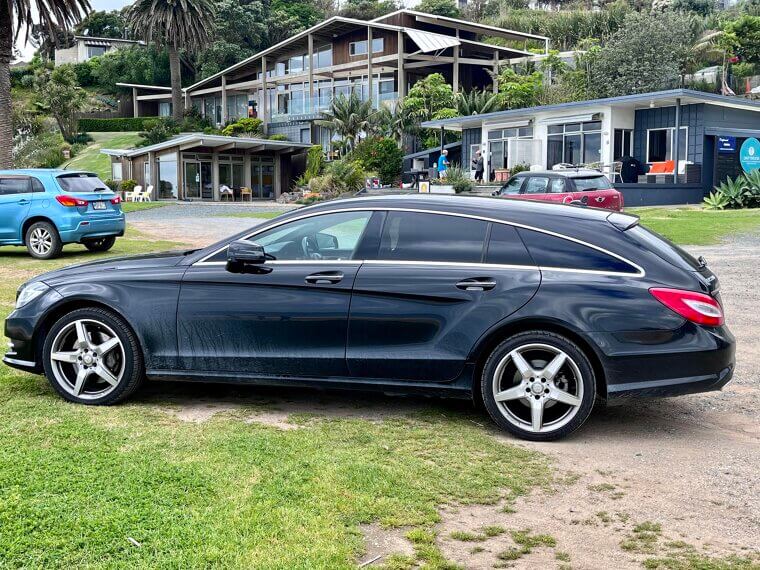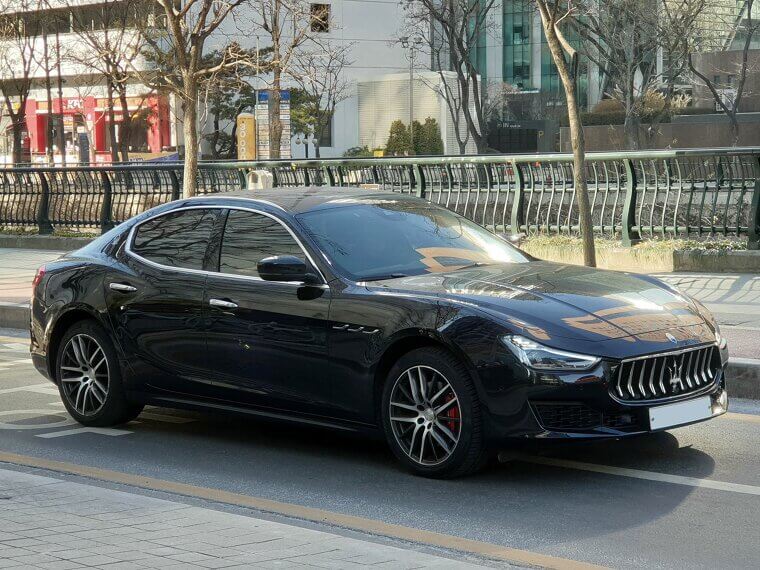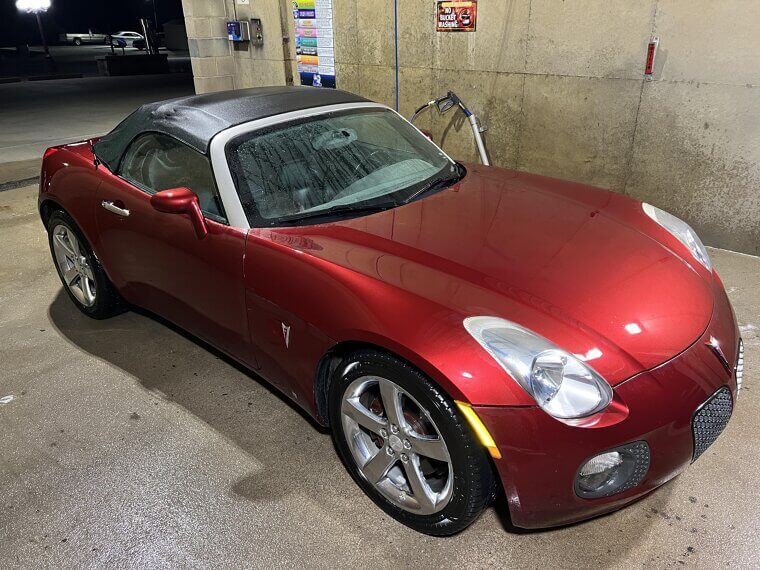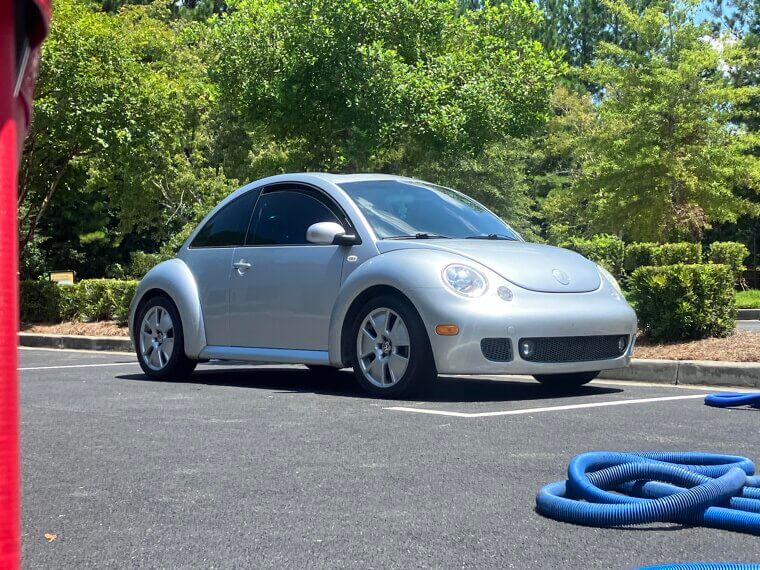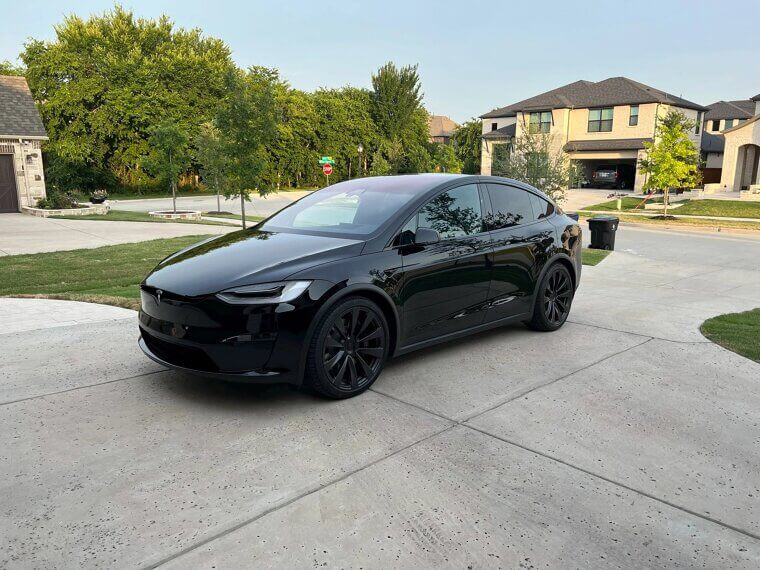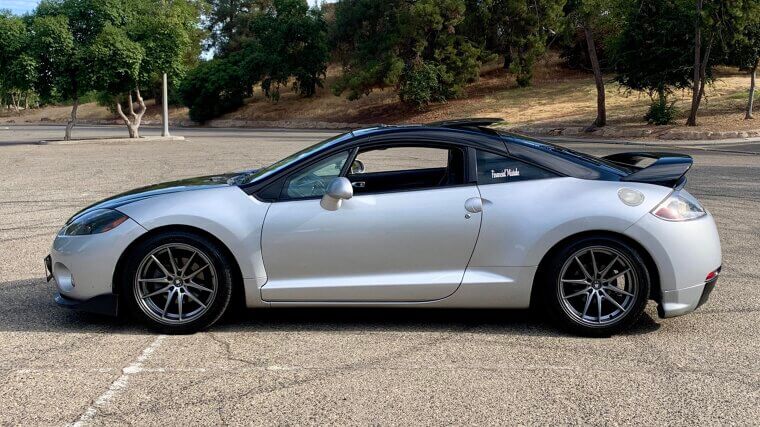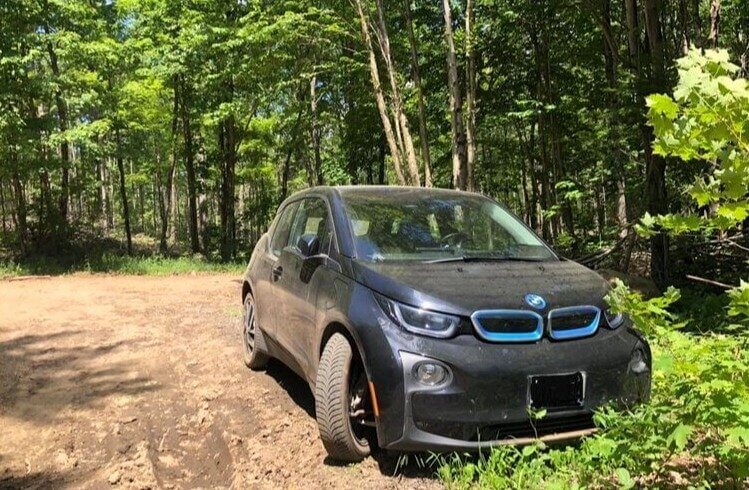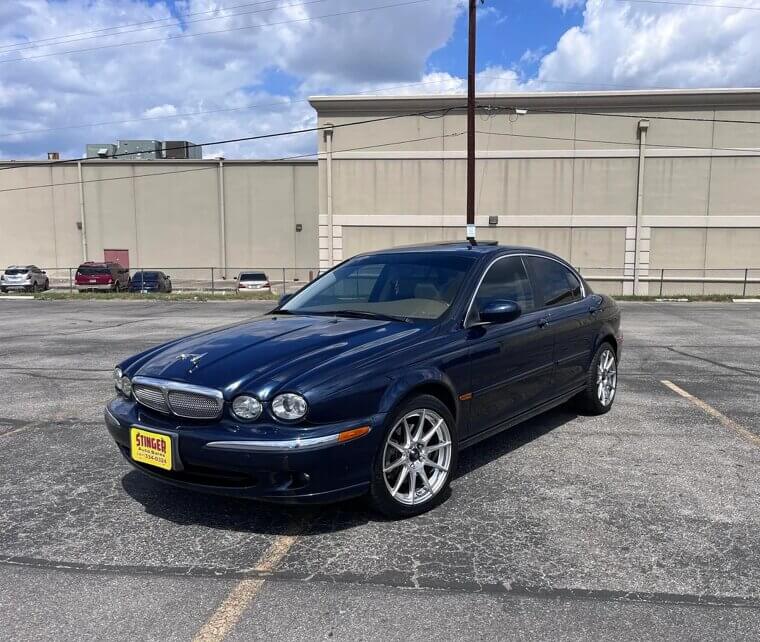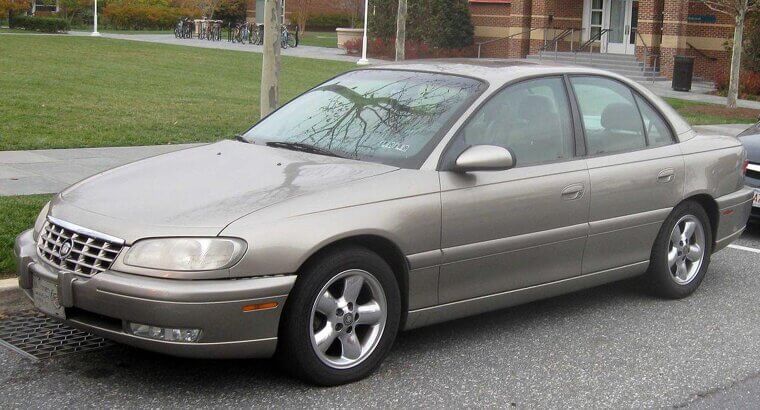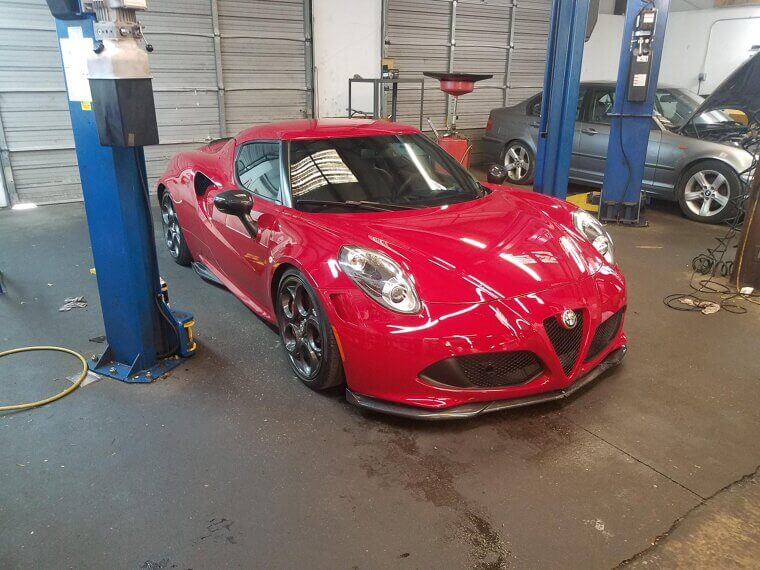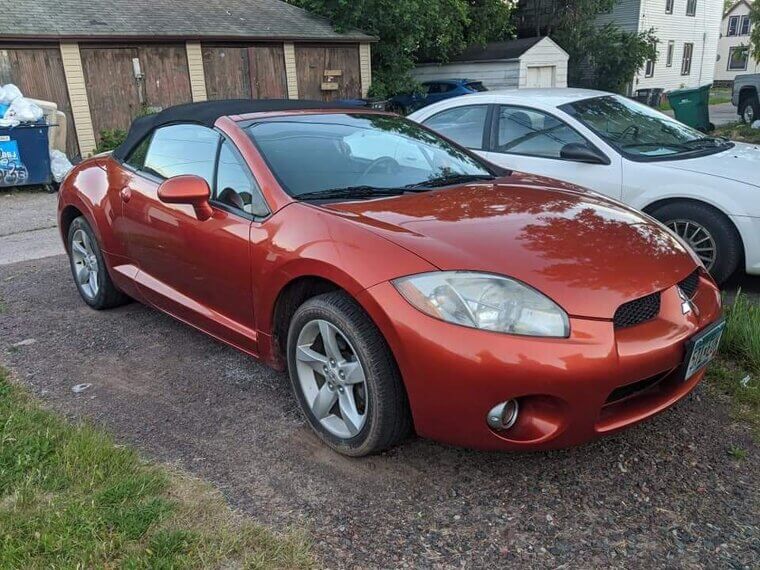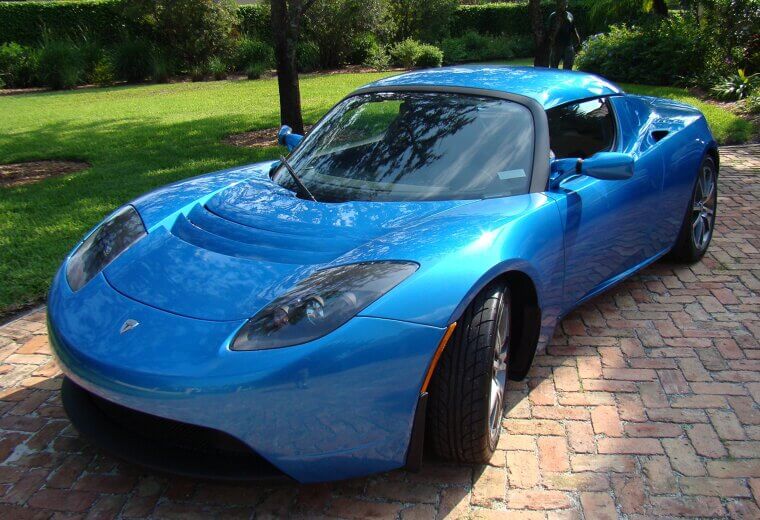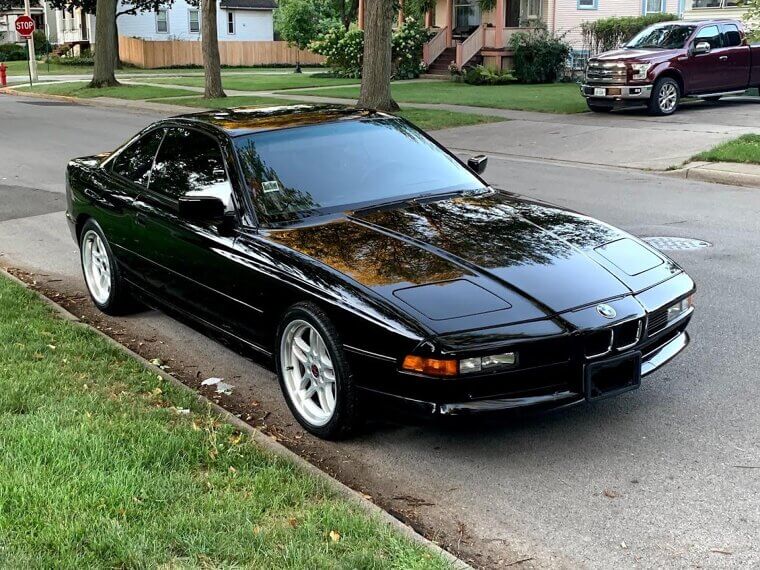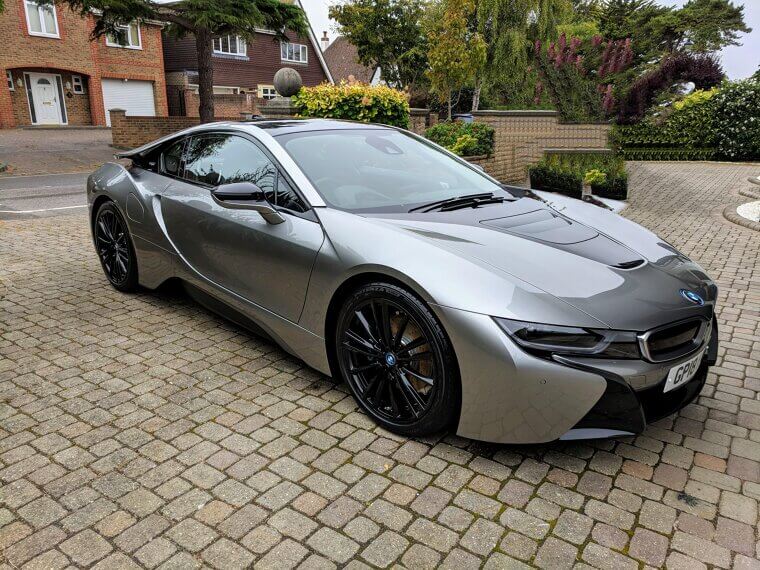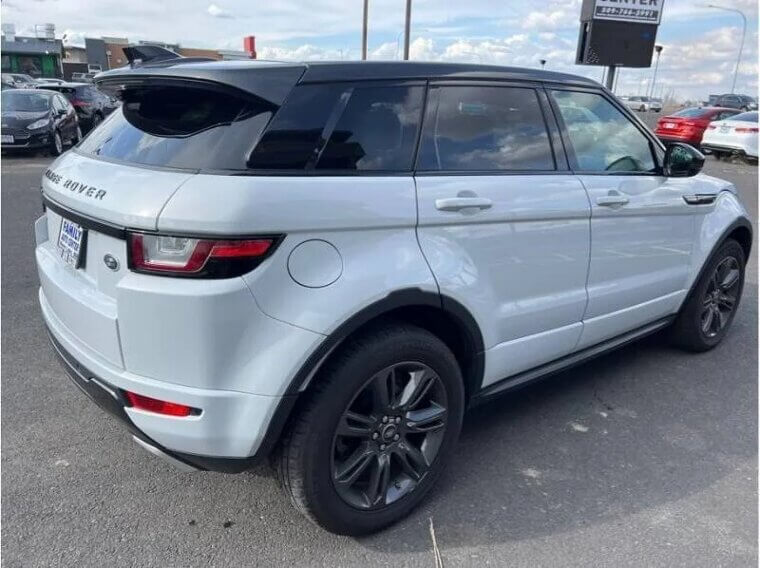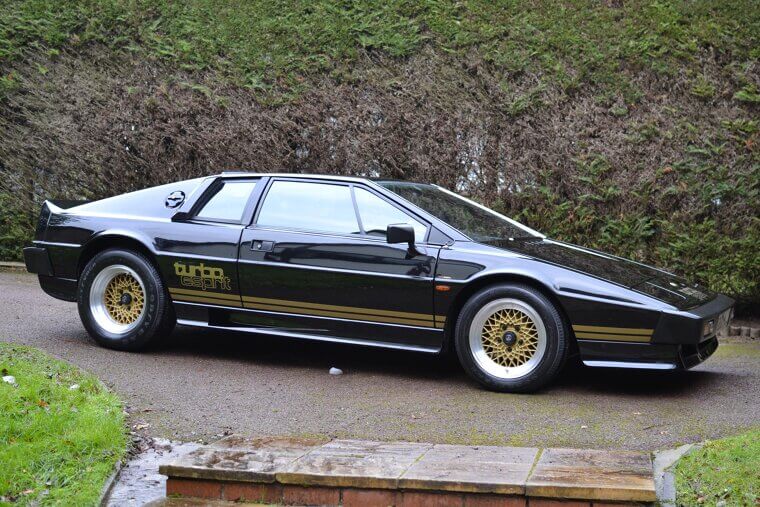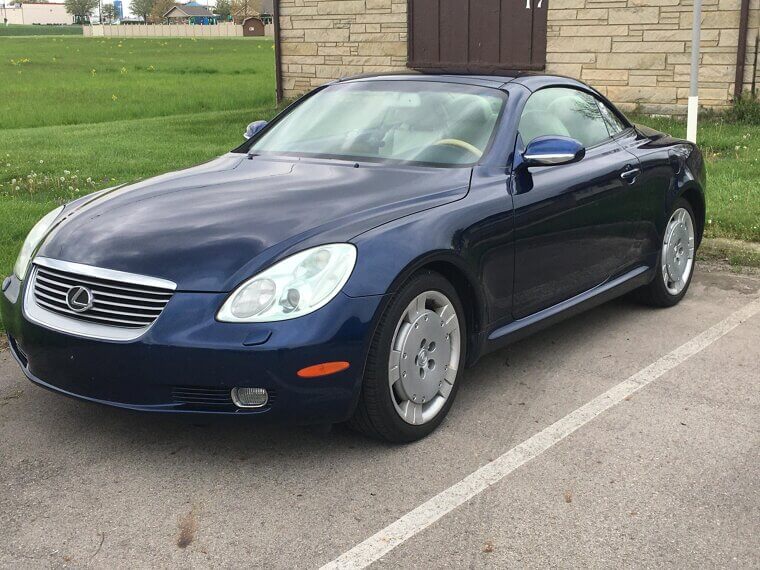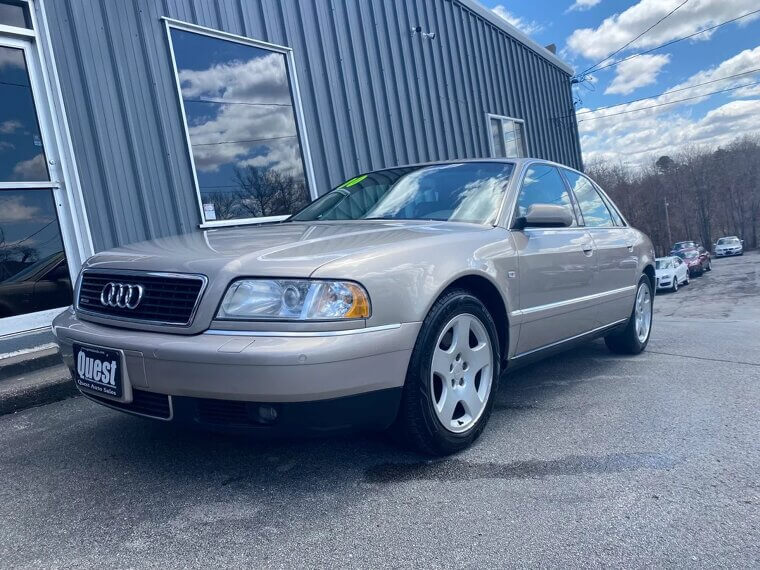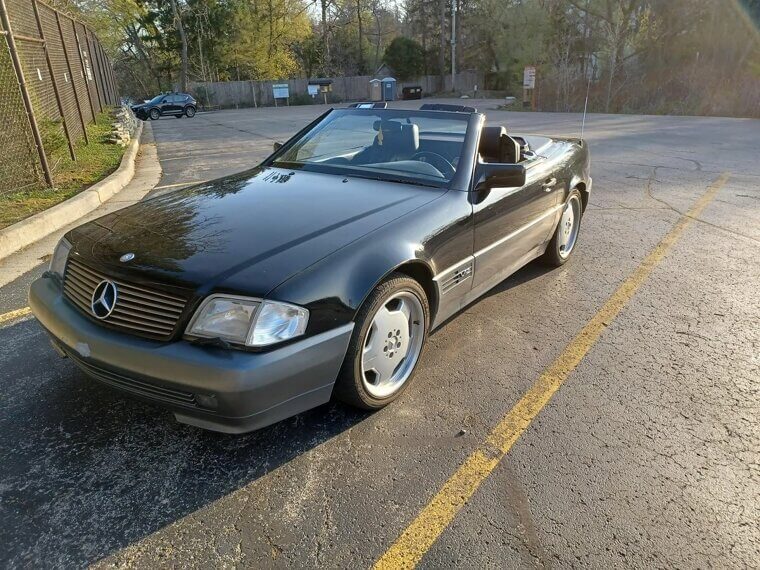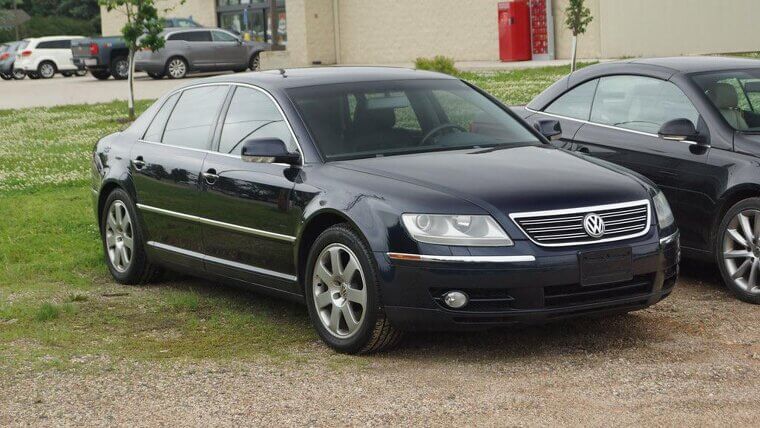Dream Cars That Weren’t Worth Owning
We’ve all fallen for a “dream car” at some point; the glossy ads, the jaw-dropping design, the promises of speed and status. But sometimes, once you’ve been handed the keys, reality hits hard. Breakdowns, repairs, and endless bills turned these beauties into burdens. These “dream cars” turned into cars that owners regretted buying.
Cadillac Allante
GM believed that combining Italian design and American muscle was a smart move. What we got was a high-priced convertible with electronic components that fried faster than a toaster. Instead of experiencing "luxury", owners experienced tow truck bills.
Jaguar XJ12
The name sounds royal enough, and yet, this luxury sedan spent more time on the lifts than on the roads. Overheating, electrical gremlins, and leaks everywhere turned a dream into a financial nightmare. If you owned one of these, consider yourself in a long-term relationship with your mechanic.
DeLorean DMC-12
In Hollywood, the DMC-12 was a time machine. In the real world, it was a stainless-steel disappointment. It had underpowered engines, gullwing doors that would jam, and laughable build quality, all of which made it a nightmare.
Maserati Biturbo
Nothing says regret like a Maserati Biturbo. It promised Italian flair and turbocharged excitement but delivered unreliability on a level few cars could match. Electrical failures, turbo meltdowns, and sky-high repair bills left owners realizing the only "biturbo" thing about it was the double dose of stress.
Pontiac Fiero
The Fiero had looked like an ultra-modern sports car, but it was practically a parts-bin Frankenstein. The early models were notorious for catching fire, and continual mechanical issues cooled the enthusiasm. It went from being a dream car to a nightmare insurance claim.
Chrysler TC by Maserati
This Chrysler-Maserati was meant to be luxury meets performance, but it was neither. It had mechanical headaches that followed owners everywhere, ultimately proving that you can’t buy prestige by just slapping on a badge.
Ferrari Mondial 8
This was not only the slowest Ferrari of its time, it was also one of the least reliable. The ride had electrical problems, and the driving experience felt more like an economy sedan. Buyers were left wondering if their "dream Ferrari" was in fact a joke.
Lincoln Blackwood
Lincoln’s “luxury truck” sounded bold: a plush SUV interior paired with pickup utility. Instead, it was useless at both. The tiny, carpeted bed couldn’t handle real work, and mechanical headaches sealed its fate. Owners paid premium prices to own what was essentially a truck that couldn’t truck.
Mercedes-Benz CLS Shooting Brake
It seemed cool and adventurous, but if you owned one, you quickly realised that all it meant was endless repair bills. Air suspension failures, expensive parts, tech that didn’t work more than it did, all combined to make this wagon a money pit.
Fisker Karma
The Karma had eco-friendly promises, and people who bought it thought they were helping the earth. However, the car had battery failures, electrical issues, and recalls upon recalls. Turns out owners weren’t just saving the earth, but they also saved their mechanic’s business.
Chrysler Crossfire
While it looked like a concept car that somehow rolled off the auto show floor by mistake, the actual experience was considerably less exhilarating. With its Mercedes bones and awkward styling, it promised “European flair”. Instead, it delivered squeaky plastics, questionable reliability, and the resale value of a used lawnmower.
Maserati Ghibli
The Ghibli proved that fancy badges can’t hide electrical gremlins, a rough ride, and maintenance bills big enough to make your accountant cry. It wasn’t long before people found out that “Italian passion” sometimes just means passion for your wallet.
Pontiac Solstice
The Solstice was supposed to be Pontiac’s sporty comeback; sleek, affordable, and fun. However, it had a cramped cabin, weak build quality, and a soft top that leaked like a screen door on a submarine. Water damage and squeaks are the stuff of nightmares, not dreams.
Hummer H2
This beast looked unstoppable, but it stopped often, usually at the gas station. And while it had a solid presence, it was a Chevy Tahoe in a Halloween costume. Bad fuel economy, terrible handling, and high maintenance made it a dream that soured fast.
Volkswagen New Beetle Turbo S
Volkswagen made a big deal of it being a "modern-day" Beetle, but it was more of a headache than a heritage. It came with electrical failures, cooling leaks, and maintenance that was anything but "cute". Let’s just say nostalgia bumped into reality, and reality won.
Jaguar XF
The XF was meant to give Jaguar an entirely new identity with sleek styling and modern luxury. Instead, it reminded owners why jokes about Jag’s reliability exist. It was a royal disappointment.
Smart Fortwo
It looked revolutionary; tiny, efficient, and city-friendly. But drivers quickly learned it was more clown car than dream car. Cute in theory, terrifying in practice.
Tesla Model X
Those falcon-wing doors looked futuristic until they wouldn’t open in the rain. The Model X promised innovation, but owners faced software glitches, panel misalignments, and reliability that felt very “beta test”. Even die-hard fans admitted it was more sci-fi stress than sci-fi dream.
Mitsubishi Eclipse (4th Gen)
Earlier Eclipses were tuner legends, but by the 4th gen, the dream was gone. Heavy, underpowered, and far from its sporty roots, it was all style and no substance. Owners felt like they bought a cool-looking coupe that couldn’t back up the hype.
BMW I3
BMW said the i3 was the future of driving. But limited range, high price, and weird styling left buyers wondering why they didn’t just buy a normal car. The dream of futuristic motoring turned into range anxiety and regret.
Jaguar X-Type
Marketed as the baby Jag for the masses, the X-Type promised luxury on a budget. Instead, it offered Ford Mondeo DNA in a fancier suit. Add in transmission failures, electrical gremlins, and sky-high repair bills, and you’ve got one big feline flop. Buyers quickly realized they’d adopted a very expensive housecat.
Cadillac Catera
This was the Caddy that zigs. Well, it zigged right into reliability issues. Imported from Opel, it was supposed to lure younger buyers, but constant breakdowns, expensive fixes, and bland styling left it forgotten. Owners still ask, “Wait, why did I buy this again?”
Alfa Romeo 4C
Lightweight, exotic looks, and Italian passion, what could go wrong? A lot. Owners soon discovered the brutal ride, cheap-feeling interior, and never-ending reliability quirks. It was like dating a gorgeous supermodel who shows up late, complains constantly, and eats all your money.
Dodge Stealth
The Stealth was a collaboration with Mitsubishi. It looked like a Japanese supercar but carried the Dodge badge. Cool right? Except it was heavy, complicated, and expensive to maintain. Enthusiasts quickly realized it was stealthy for the wrong reason.
Mitsubishi Eclipse Spyder
The convertible Eclipse looked like a tuner kid’s dream, but reality wasn’t so shiny. Owners loved the styling, but hated the clumsy handling, rattles, and cheap interior. It was less “Fast and Furious” and more “slow and frustrating”.
Tesla Roadster (First Gen)
This was Tesla’s first attempt at revolutionizing cars, and while it broke ground, it also broke down. Based on a Lotus Elise, it had charging issues, poor build quality, and repairs that took months.
BMW 850i
This ‘90s V12 flagship looked like a Bond movie car, but came with a villainous repair bill. Electrical issues, high maintenance, and questionable reliability made owning one a test of patience (and wallet). Owners loved the look, but the headaches? Not so much.
BMW I8
The i8 looked like a spaceship and promised hybrid supercar thrills. But it wasn’t that fast, wasn’t that efficient, and wasn’t that practical. Owners loved showing it off until its repairs cost more than their mortgage. Turns out the i8 was more flash than substance.
Jaguar F-Type
It purred, it roared, and it looked gorgeous. But reliability? That’s where the dream fell apart. Between electrical gremlins and constant warning lights, F-Type owners spent more time cozying up to service advisors than enjoying the open road. This car ended up being a heartbreak in designer packaging.
Range Rover Evoque
The Evoque looked sharp, but its reliability issues made people take a step back. Electrical failures, transmission issues, and an interior that didn’t age well left many owners swearing off Land Rover altogether. Proof that pretty faces sometimes hide expensive problems.
Lotus Esprit
Made famous by James Bond, the Esprit was cool. But owners quickly discovered British electronics, questionable build quality, and repair costs worthy of a secret agent’s budget. It looked pretty cool, but having one meant becoming very close friends with your local mechanic.
Lexus SC430
Marketed as the “jewel of Lexus”, this convertible quickly became one of the most disappointing luxury cars ever. It was heavy, awkwardly styled, and nowhere near as sporty as promised. Owners regretted trading practicality for a car nobody really admired.
Audi A8 (early 2000s)
Audi's flagship luxury sedan supposedly offered state-of-the-art technology and elegant power. But the infamous electrical problems, air suspension failures, and repair costs meant that buyers quickly ditched their A8 for something less intimidating and a whole lot easier.
Mercedes-Benz SL600
With its twin-turbo V12, the SL600 certainly sounds impressive. However, the reality of owning one involved endless mechanical gremlins and repair bills that could bankrupt a small country. It was a dream car that quickly became a recurring nightmare for owners.
Volkswagen Phaeton
VW hoped to sell a $70k luxury sedan under the same badge as the Beetle. They quickly learned they could not. The Phaeton was overengineered, overpriced, and broke down all the time. Owners regretted buying an Audi A8 with VW badges and an identity crisis.

